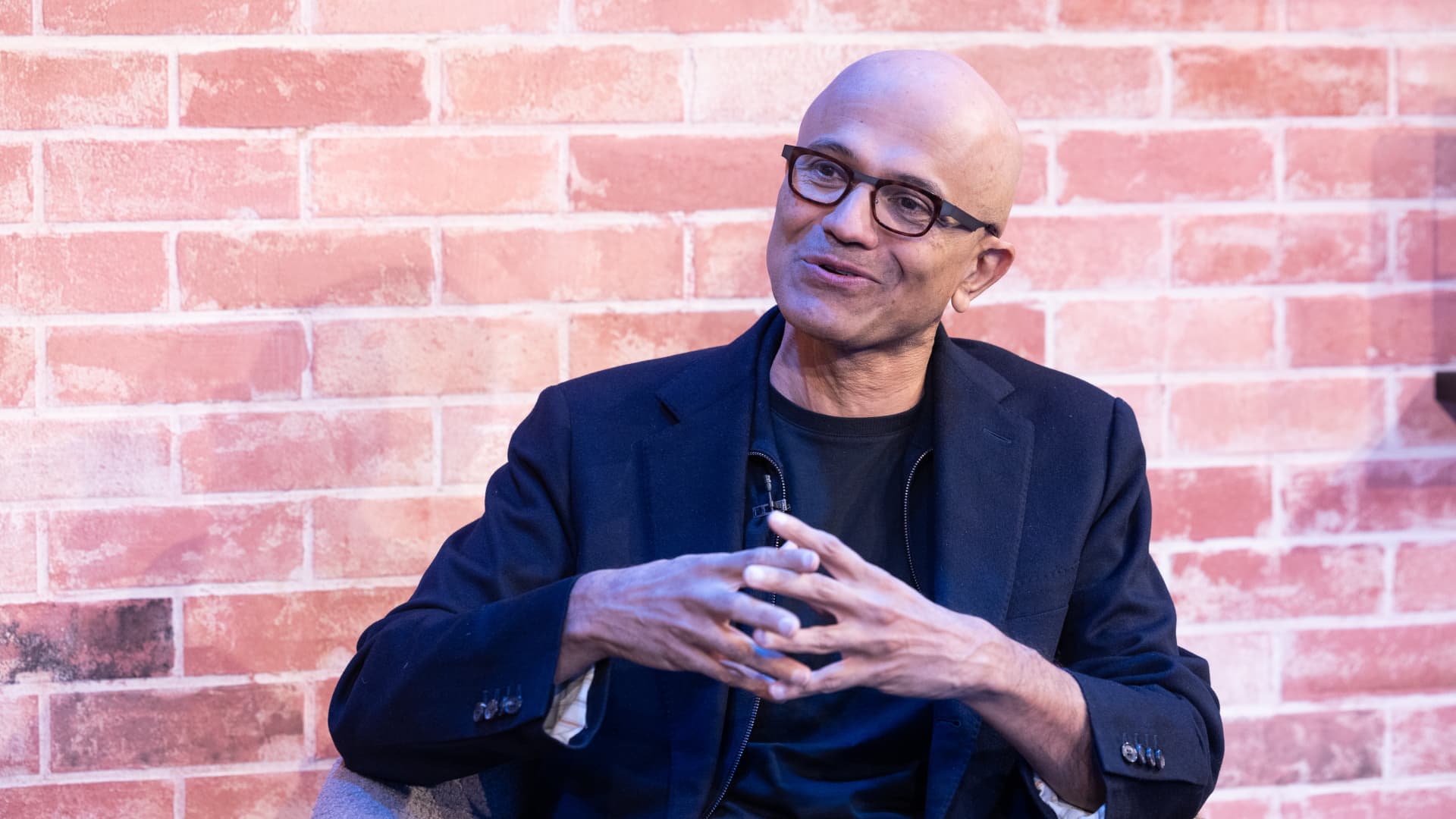Amazon Web Services is still the cloud leader. But Microsoft is quickly closing the gap.
While Microsoft doesn’t disclose revenue figures for its Azure cloud infrastructure, analyst figures suggest that five years ago it was half as big as AWS. Now, it’s about three-quarters the size of its top rival, analysts estimate.
Part of Microsoft’s recent momentum is because of artificial intelligence.
Amy Hood, the company’s finance chief, said on Microsoft’s Jan. 30 earnings call that six points of revenue growth in the Azure and cloud services division came from AI in the latest period, up from three points the prior quarter.
In total, revenue at Azure increased 30% in the quarter, compared with 13% year-over-year growth at AWS.
Microsoft has been adding graphics processing units (GPUs) to its data centers so that clients can run AI models in Azure. That includes GPT-4, a large language model that enables text conversations with OpenAI’s ChatGPT chatbot. Many businesses have been adding similar generative AI capabilities to their products.
“We now have 53,000 Azure AI customers,” CEO Satya Nadella told analysts on the company’s earnings call.
Jamin Ball, partner at investment firm Altimeter Capital, said it seems that some companies are considering Azure specifically because of the excitement surrounding AI and Microsoft’s perceived lead in the market due to its close relationship with OpenAI.
AWS took months to come out with a model that could go up against GPT-4. The company is now offering a number of models in addition to its own, including one from Anthropic, which Amazon backed. On the company’s fourth-quarter earnings call, Amazon CEO Andy Jassy said AWS offers “the most expansive collection of compute instances with Nvidia chips,” and that customers including Airbnb and Snap are using its homegrown AI processors.
An AWS spokesperson didn’t respond to a request for comment.
As it stands now, Azure is growing much faster.
And as cloud infrastructure has become a bigger part of Microsoft, making up around 29% of the company’s total revenue, it’s also become a meaningful contributor of profit.
Microsoft, which recently surpassedApple to become the world’s most valuable public company, generated almost $83 billion in net income in 2023, up from $67 billion the previous year. The Intelligent Cloud segment containing Azure generated 46% of Microsoft’s total operating income, up from about 27% in 2016.
In addition to providing basic computing and storage, Microsoft offers a variety of services for developers, including high-margin databases and monitoring tools.
Gross margin in Microsoft’s cloud group widened from 42% in 2016 to 72% in the most recent quarter. The division includes commercial Office subscriptions, the commercial part of LinkedIn and Dynamics 365 enterprise software as well as Azure. Hood has said efficiency gains can come from improvements in power, cooling, data center design, chips and software.
Yun Kim, an analyst at Loop Capital, said in a note that Azure’s revenue growth could pick up.
“We expect its Azure business to accelerate starting next FY (or C2H) as tailwinds from new workloads from both new cloud deployments and GenAI initiatives ramp meaningfully,” he wrote.
WATCH: Amazon has the most ‘juice’ to the upside among Big Tech stocks, says Evercore ISI’s Mark Mahaney

